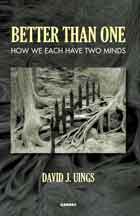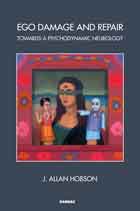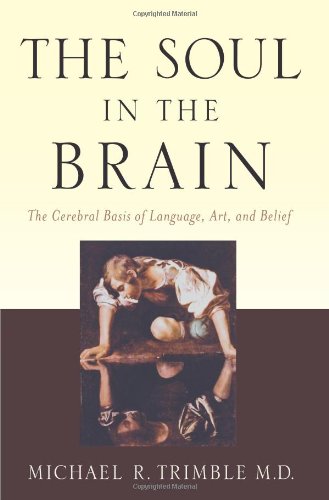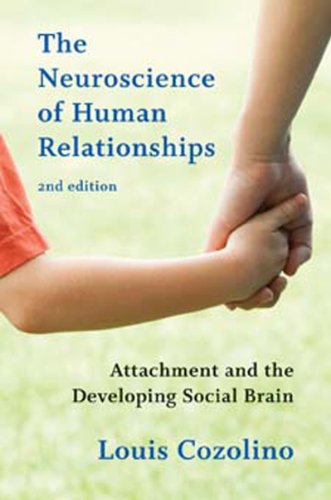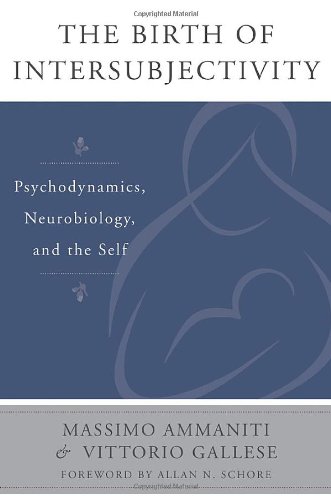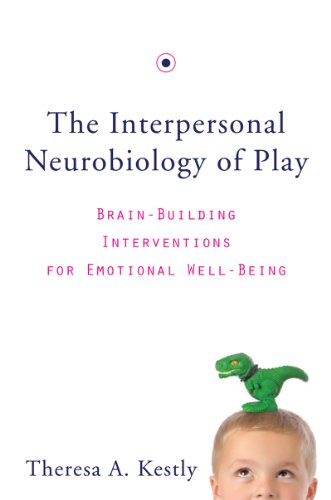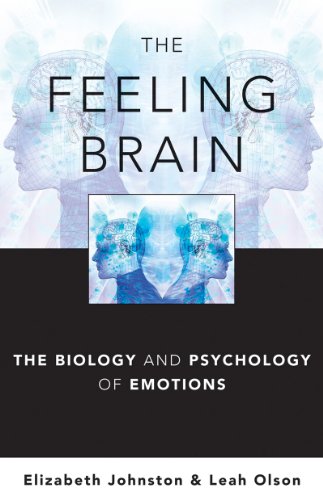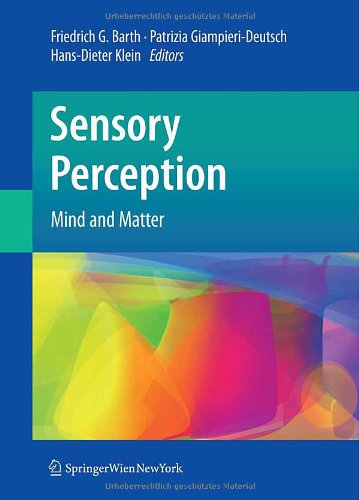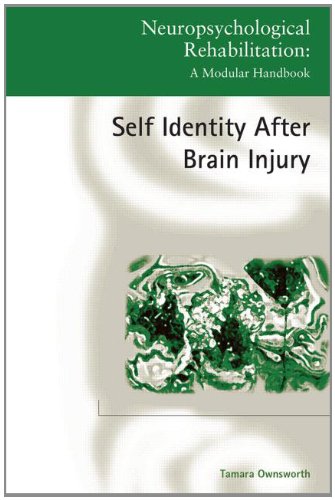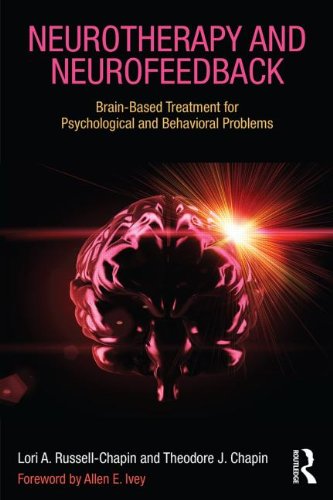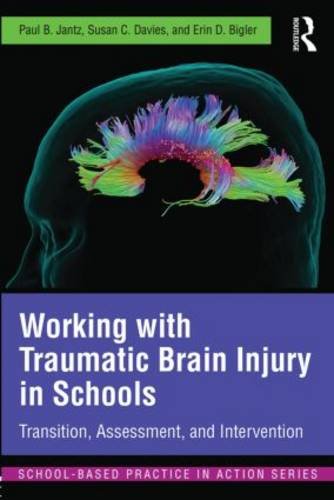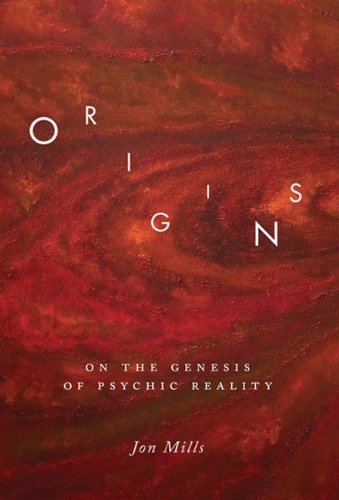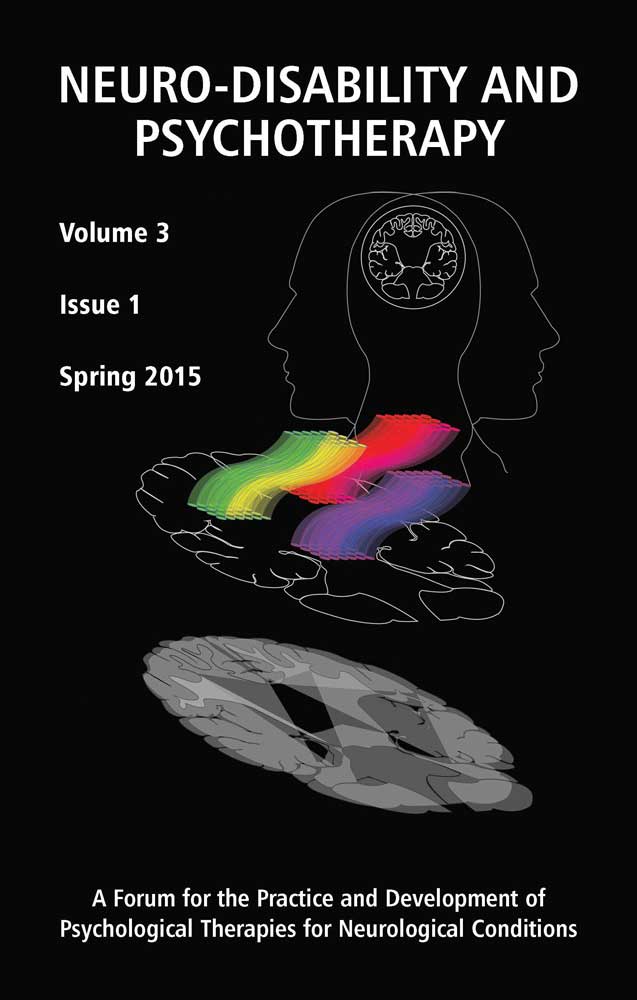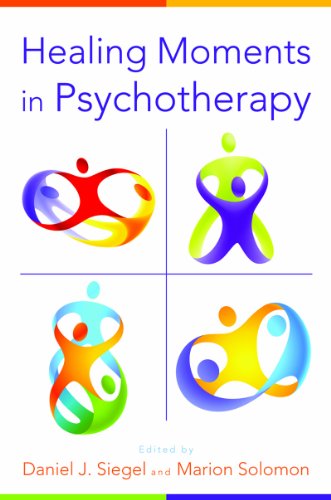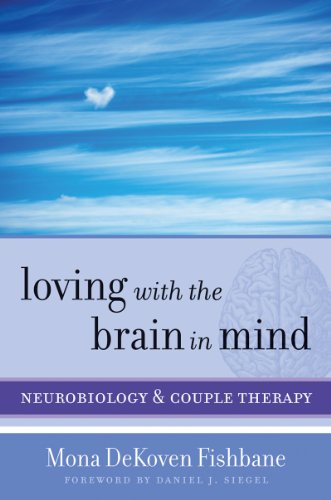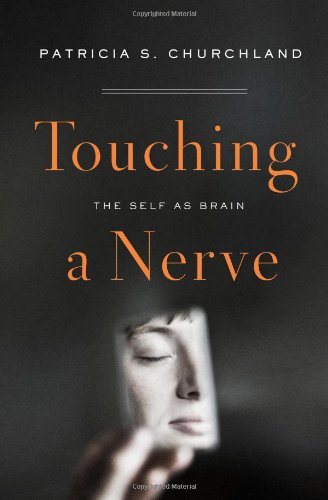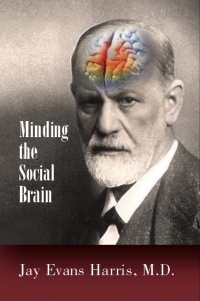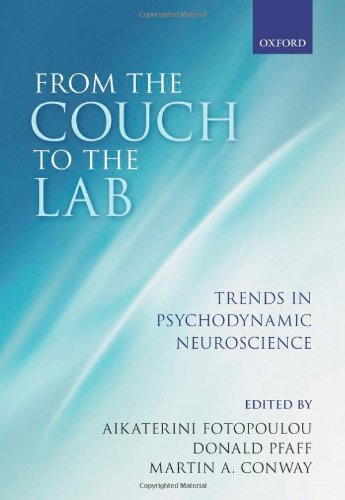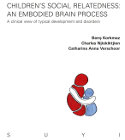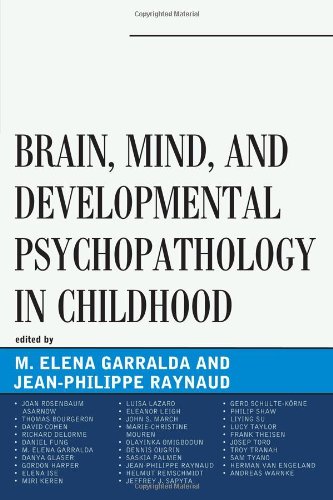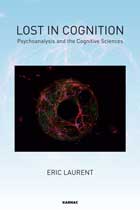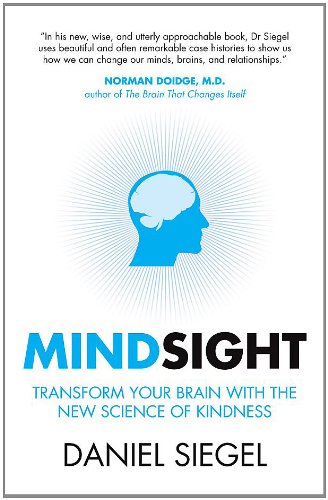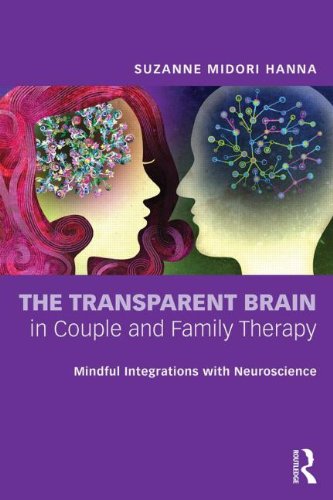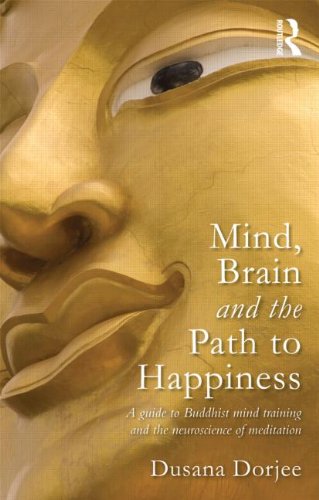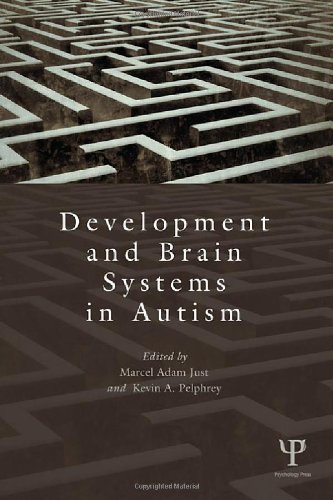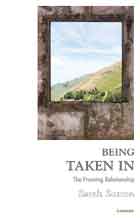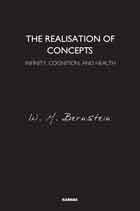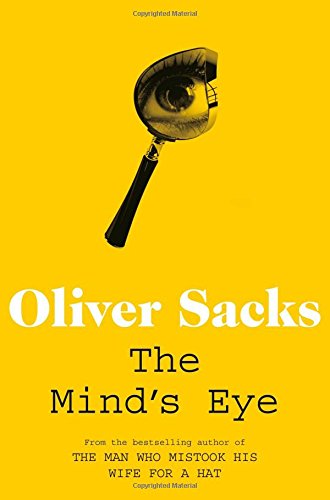Neuroscience Books
Better Than One: How We Each Have Two Minds
Starting with research by Nobel laureate Roger Sperry into split-brain patients, this book sets out the evidence that there is a conscious mind in each hemisphere of the human brain. Two forms of... (more)
Ego Damage and Repair: Toward a Psychodynamic Neurology
As a psychiatric trainee at Harvard in the early 1960s, Dr Allan Hobson was taught commitment to psychoanalytic theory that was already suspect and is now almost entirely obsolete. Via a series of... (more)
The Soul in the Brain: The Cerebral Basis of Language Art and Belief
In this provocative study, the author tackles the interrelationship between brain function, language, art - especially music and poetry - and religion. By examining the breakdown of language in... (more)
The Neuroscience of Human Relationships: Attachment and the Developing Social Brain: Second Edition
A revised edition of the best-selling text on how relationships build our brains.
As human beings, we cherish our individuality yet we know that we live in constant relationship to others, and... (more)
The Birth of Intersubjectivity: Psychodynamics, Neurobiology, and the Self
This book, the exciting collaboration of a developmental psychoanalyst at the forefront of functional magnetic resonance attachment research and a leading neurobiological researcher on mirror... (more)
The Interpersonal Neurobiology of Play: Brain-Building Interventions for Emotional Well-Being
Play unlocks human potential in all stages of life. This book uncovers the neurobiology behind play and how play therapy can help kids with life challenges, from divorcing parents to abuse to... (more)
The Feeling Brain: The Biology and Psychology of Emotions
Despite countless studies on the topic, we don't yet know the answer to the question What is an emotion? This book, based on a popular course taught by the authors, delves into different ways of... (more)
Sensory Perception
Sensory Perception: Mind and Matter brings together the neurosciences with psychology and philosophy thereby meeting the demand of an interdisciplinary discourse between those fields of interest in... (more)
Self-Identity after Brain Injury
An injury to the brain can affect virtually any aspect of functioning and, at the deepest level, can alter sense of self or the essential qualities that define who we are. In recent years, there has... (more)
Neurotherapy and Neurofeedback: Brain-Based Treatment for Psychological and Behavioral Problems
The fields of neurobiology and neuropsychology are growing rapidly, and neuroscientists now understand that the human brain has the capability to adapt and develop new living neurons by engaging new... (more)
Working with Traumatic Brain Injury in Schools: Transition, Assessment, and Intervention
Every day, children and adolescents worldwide return to the educational setting having sustained a traumatic brain injury (TBI). The possible negative consequences of TBI range from mild to severe... (more)
Origins: On the Genesis of Psychic Reality
The question of what constitutes psychic reality has been of interest to philosophers and psychologists for as long as humans have thought about the mind. In Origins, Jon Mills presents a provocative... (more)
Neuro-Disability and Psychotherapy - Volume 3, Issue 1: A Forum for the Practice and Development of Psychological Therapies for Neurological Conditions
Contents:
Editors’ Column by Gavin Farrell and Giles Yeates
Articles:
A Picture Tells a Lifetime of Words: Photography, Psychotherapy, and Brain Injury Rehabilitation...
(more)
Neuro-Disability and Psychotherapy - Volume 2, Issues 1 & 2: A Forum for the Practice and Development of Psychological Therapies for Neurological Conditions
Special Double Issue: Accepting, Soothing, and Stilling Cluttered and Critical Minds in Neurological Conditions: Therapeutic Approaches Influenced by Eastern Traditions.
Providing emotional... (more)
Healing Moments in Psychotherapy
A wide range of distinguished scientists and clinicians discuss the nature of change in the therapeutic process. Jaak Panksepp, Ian McGilchrist, Ruth Lanius, Francine Shapiro, and other luminaries... (more)
Loving with the Brain in Mind: Neurobiology and Couple Therapy
Couple therapy can be transformed by understanding neurobiology: How are we wired for certain behaviours and how can we change? Helping clients to understand the way in which their brains work to... (more)
Touching a Nerve: The Self as Brain
This book explains what the latest brain research into consciousness, sensory experience, memory and free will can tell us about the enduring philosophical and ethical questions about what the self... (more)
Minding the Social Brain
A generation of social neuroscientists uses acronyms to identify the structural neural networks revealed in the NIH Human Connectome Project. They know that a medial brain hub of nodal networks, the... (more)
From the Couch to the Lab: Trends in Psychodynamic Neuroscience
Can the psychodynamics of the mind be correlated with neurodynamic processes in the brain? The book revisits this important question - one that scientists and psychoanalysts have been asking for more... (more)
Children's Social Relatedness: An Embodied Brain Process
The subject of this book is the infant’s and young child’s social relatedness, including together the relationship between attachment and theory of body, speech-language, and theory-of-mind function,... (more)
Brain, Mind, and Developmental Psychopathology in Childhood
This book aims to help advance knowledge on the connections between brain, mind, and development psychopathology in children and young people, an area of high relevance across different contexts... (more)
Lost in Cognition: Psychoanalysis and the Cognitive Sciences
This book examines the pretensions of the new paradigm in psychology that has put itself forward as the model for the future of the clinical disciplines, thereby seeking to put paid to... (more)
The Transparent Brain in Couple and Family Therapy: Mindful Integrations with Neuroscience
Why should family therapists care about brain research? Are there invisible connections between the breakdown of our relationships and the breakdown of our cells? To answer these questions, author... (more)
Mind Brain and the Path to Happiness: A guide to Buddhist mind training and the neuroscience of meditation
Mind, Brain and the Path to Happiness presents a contemporary account of traditional Buddhist mind training and the pursuit of wellbeing and happiness in the context of the latest research in... (more)
Development and Brain Systems in Autism
This volume covers several perspectives on autism which bring together the most recent scientific views of the nature of this disorder. A number of themes organize major developments and emerging... (more)
Being Taken In: The Framing Relationship
Why is love not enough for children whose early lives have been disturbing? What makes it so hard for such children to make the most of new relationships? How can we help children whose minds are... (more)
The Realisation of Concepts: Infinity, Cognition, and Health
There has recently been a flurry of theoretical activity in affective neuroscience and neuropsychoanalysis. This book argues that the ability to integrate biological and psychological levels of... (more)
Wrestling with Destiny: The Promise of Psychoanalysis
Can psychoanalysis help people control their destinies? Using empirical evidence from neuroscience, Lucy Holmes makes a powerful argument that it can. This book considers the various ways in which... (more)
The Mind's Eye
In The Mind's Eye, Oliver Sacks tells the stories of people who are able to navigate the world and communicate with others despite losing what many of us consider indispensable senses and abilities:... (more)


